Isaac Wilson Lawrence - Ince Brewer
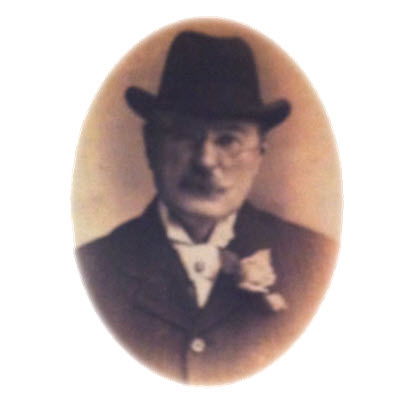
Born in Rockferry, Cheshire, in 1843, Isaac Lawrence was the third child of Isaac Lawrence Sr., a publican, and his wife Eliza. By 1851, the family had moved to Ellison Street, Everton, Liverpool, continuing their work in the licensed trade.
In 1860, the Lawrence family moved to Ince, settling at the Walmesley Arms, opposite Smithy Green. Isaac joined the family business and built a career in brewing and pub management. On 5th July 1866, he married Elizabeth Greenwood, a local Ince girl, at Christ Church, Ince. At the time of the wedding, Isaac was listed as a brewer, aged 23, and Elizabeth was 18.
Their first child, Alberta Beatrice, was born in 1868 at the Raven Hotel, Wallgate, where Isaac was landlord. After his father’s death in 1870, Isaac returned to manage the Walmesley Arms, while his mother, Eliza, took the licence for the Royal Hotel on Manchester Road.
Isaac quickly expanded the business. He constructed a brewery at the rear of the Royal Hotel on Lord Street and a bottling plant at the Walmesley Arms. By 1881, he employed eight men and a boy, building a highly successful enterprise.
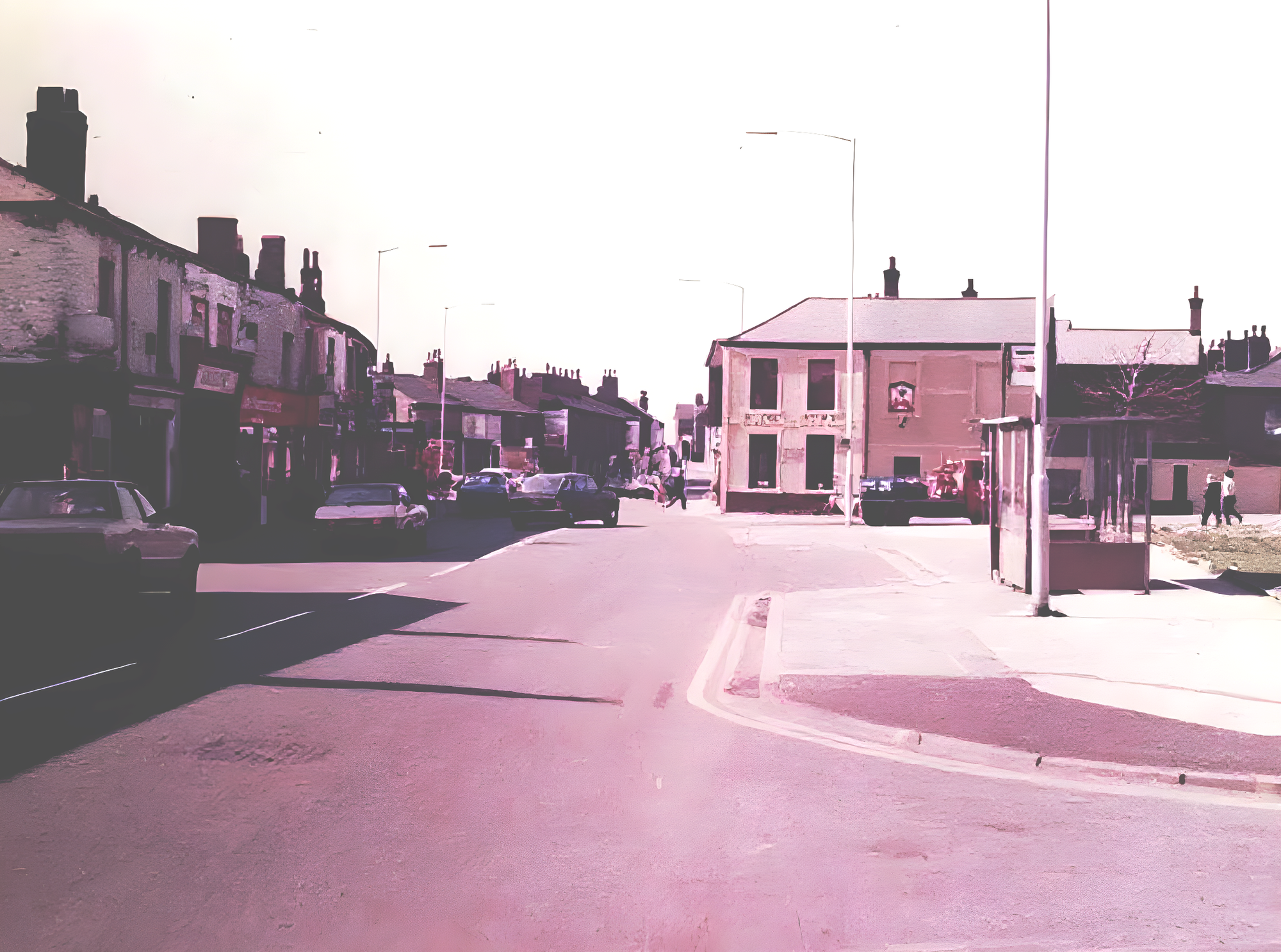
Walmesley Arms a.k.a "The White House"
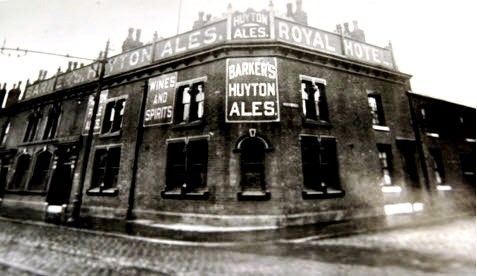
Royal Hotel
While at the Walmesley Arms, Isaac and Elizabeth had five more children, Frances Gertrude (1870), Frederick Wilson (1873), Charles Herbert Leopold (1876), Albert Herbert Orlando (1879), Ada Eliza (1881).
In 1882, Isaac purchased a large house on Park Road, Southport, a healthier environment away from Wigan’s industrial smoke. He continued to travel to Ince regularly by train. Four more children were born in Southport, Arthur (1883), Edith (1885), George (1887), Harold (1888).
Tragedy struck the business in 1888 when the Lord Street brewery was destroyed by fire, originating in the boiler house beneath the brewhouse tower. The damage, including the collapse of the chimney, was estimated at £5,000. Operations were temporarily relocated to the Crown Brewery in Atherton.
Isaac responded by building a larger modern brewery on Belle Green Lane.
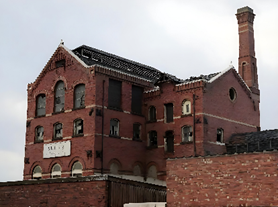
The Brewery later became Smith's Dairy and was demolished c1979.
His company, Isaac Lawrence & Sons, came to control many pubs in Ince, including Amberswood Tavern, Belle Green Hotel, Bush Inn, Manley Arms Hotel, Old Swan (Manchester Road), Raven Inn (Ince Green Lane), Bridge Inn (Amberswood), Rock Hotel and Rockferry Inn (Lower Ince) along with several beerhouses and retail premises.
The business also produced mineral waters as well as beer. Labels from the time boast of prize medals, including a silver medal and diploma awarded to their soda water in 1906.
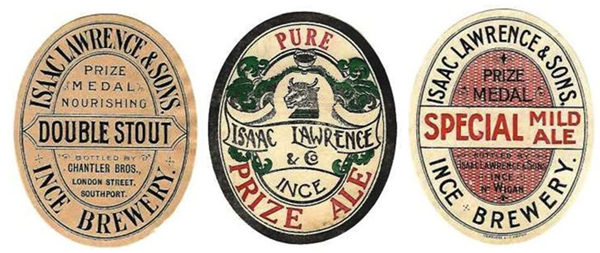
Isaac died in 1917, aged 73, and his final days were marked by profound personal loss by the death of two sons and one seriously injured during the WW1. Captain Frederick Wilson Lawrence, 5th King's (Liverpool Regiment), was killed in action. Lieutenant Harold R. Lawrence, 15th King's, was wounded at the Battle of Loos. Sapper George Lawrence, Royal Engineers, was killed in France in July 1916.
The family brewery was auctioned soon after but attracted no bids and was eventually wound up. He was buried in Southport Cemetery.
Public Service and Philanthropy
Isaac Lawrence was deeply involved in public life. He served on the Ince Local Board, and when it became the Urban District Council, he held a seat for six years. He also served as county councillor for Ince, where he was recognised for his practical contributions to local improvements. For many years, he was also president of the Ince Conservative Club.
1893 Miners Strike
Perhaps one of Isaac Lawrence’s most enduring legacies was his response to the 1893 Miners’ Strike. At a time of widespread hardship, Isaac Lawrence & Sons established a soup kitchen in the kitchen of the Walmesley Arms, offering vital relief to struggling families. The kitchen operated daily at noon (except Sundays) and served solid food in addition to soup.
The effort was not limited to children; women and the elderly also received support. In the first eight days of operation, the kitchen distributed, 960 loaves of bread, 304 lbs of mutton (from several sheep) and 63 lbs of beef.
Every applicant received a loaf of bread with either soup, a chop, or even a monetary gift. The effort was recognised as a lifeline to hundreds in Ince.
Isaac even contacted the Illustrated London News, who published his photographs of the hardships and appealed for charitable donations from a wider audience to support the cause.
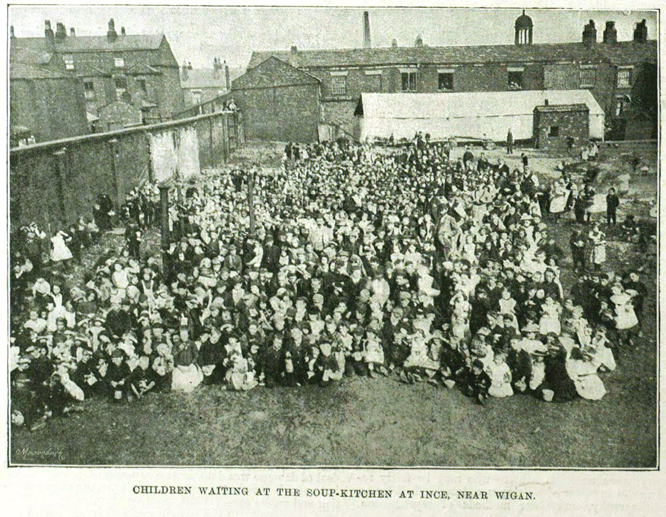
Above: The site of the Brewery in Lord St destroyed by the disastrous fire in 1888.
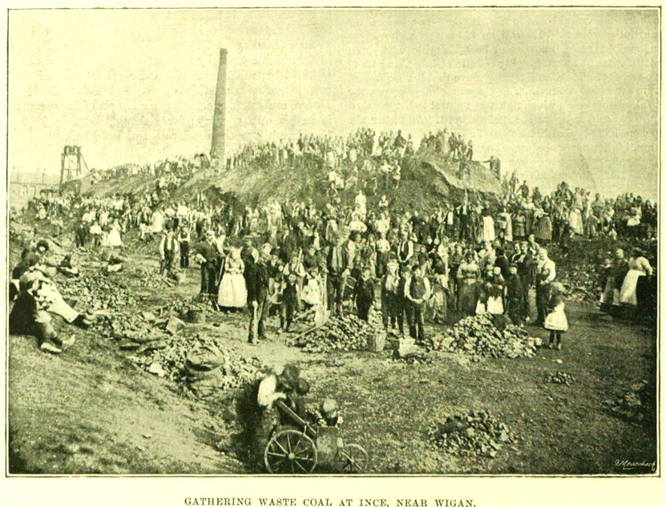
Isaac Wilson Lawrence remains one of Ince’s most significant figures — a visionary businessman, a dedicated public servant, and a compassionate philanthropist whose legacy deserves to live on in the history and heritage of Ince.
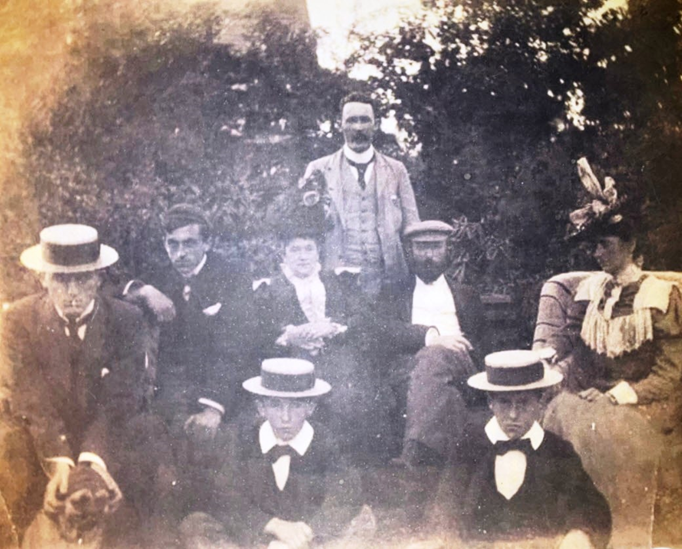
Isaac and family at their Southport home
Illustrated London News - 30th Sept 1893
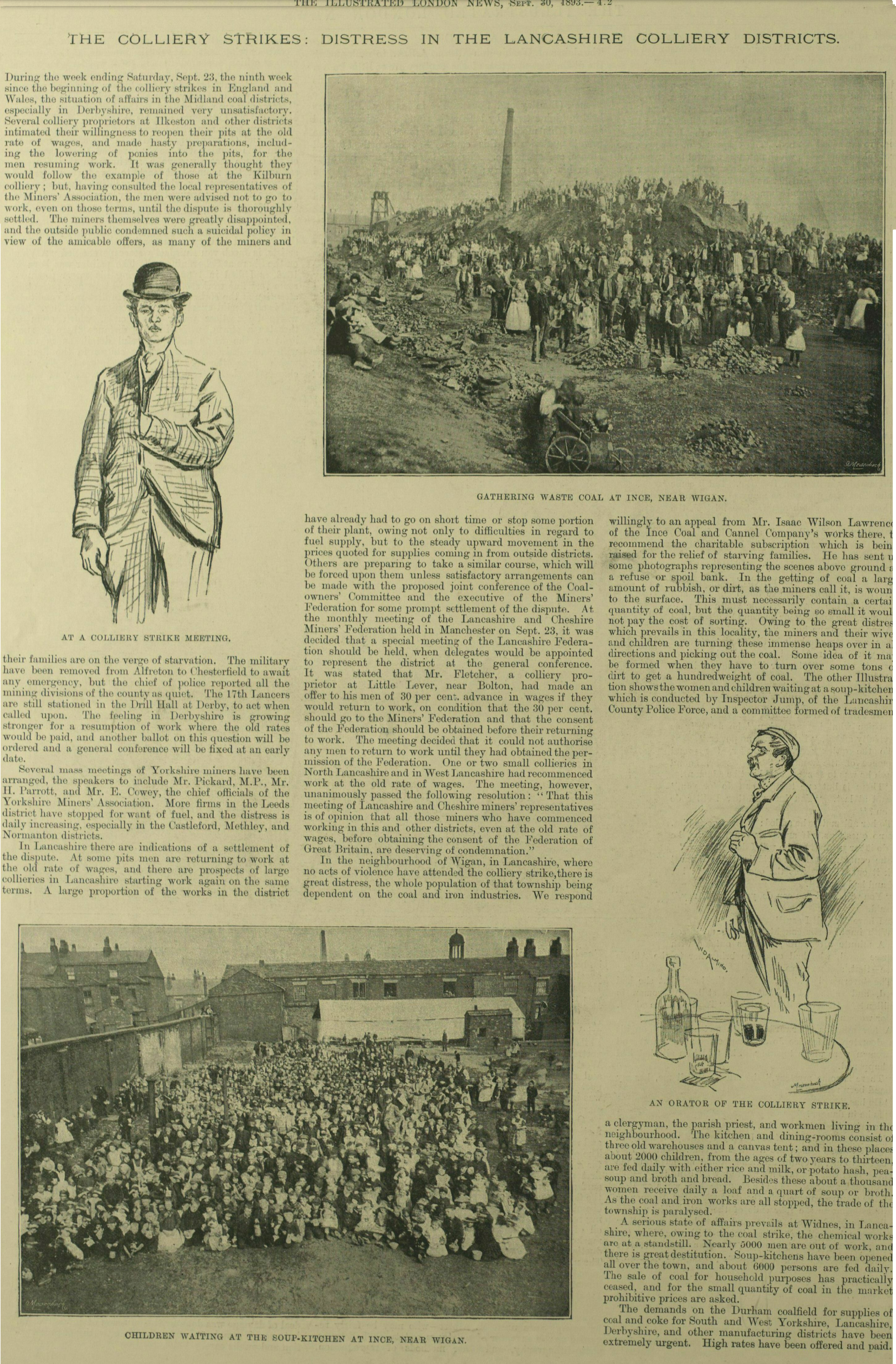
Sources:
Findmypast.
Elizabeth Malone.
Illustrated London News.